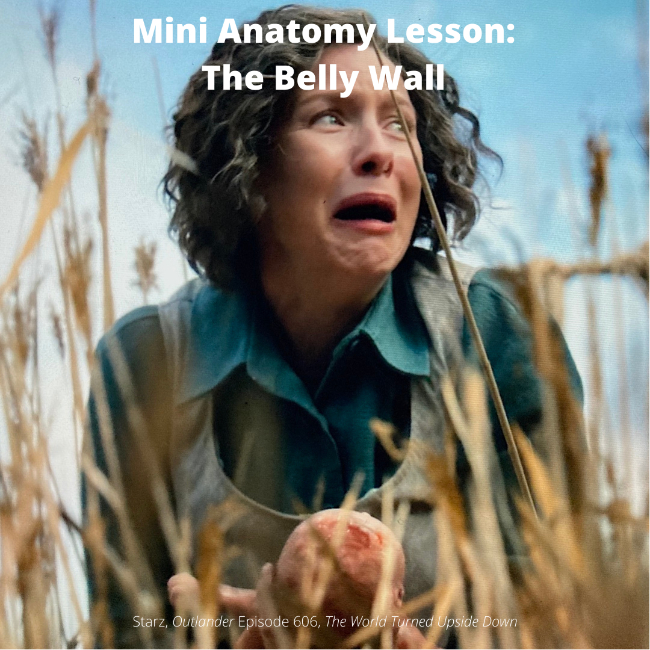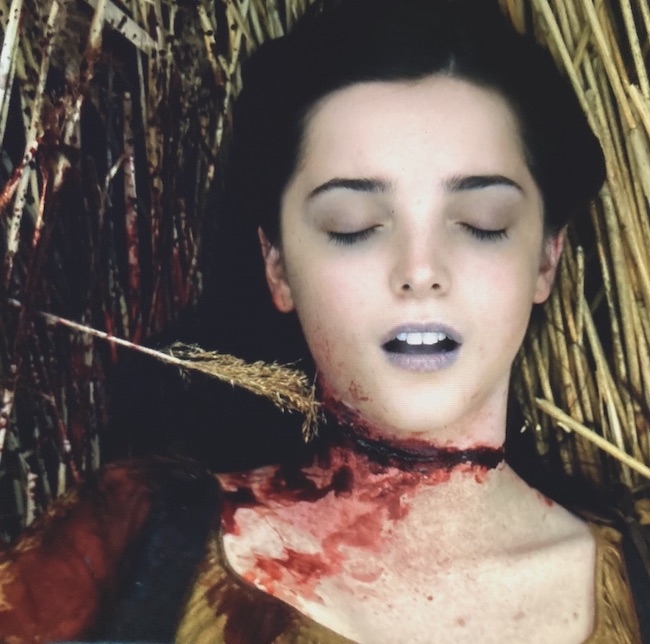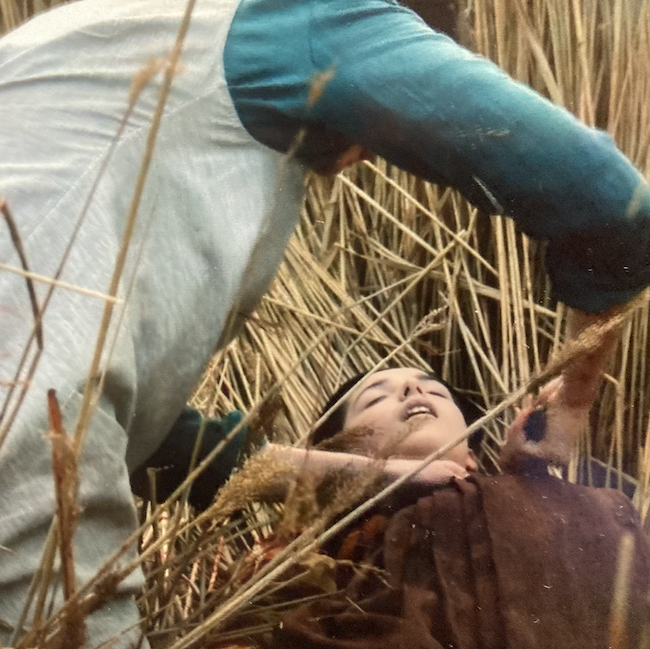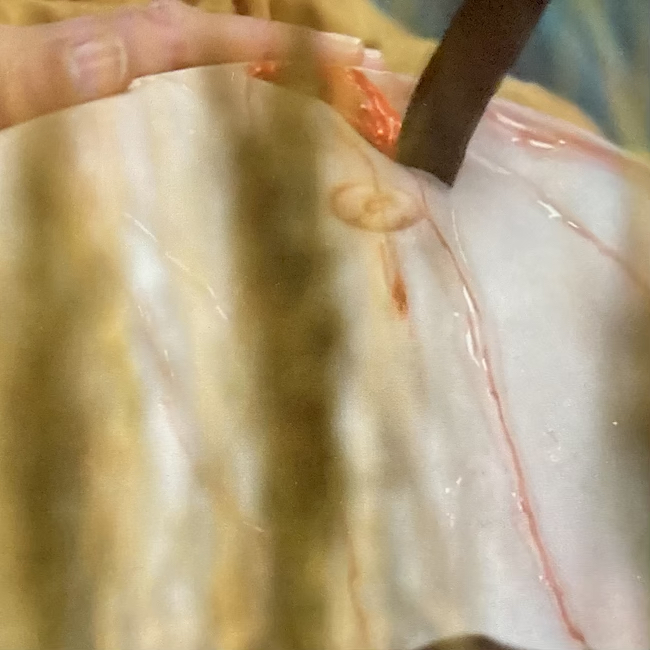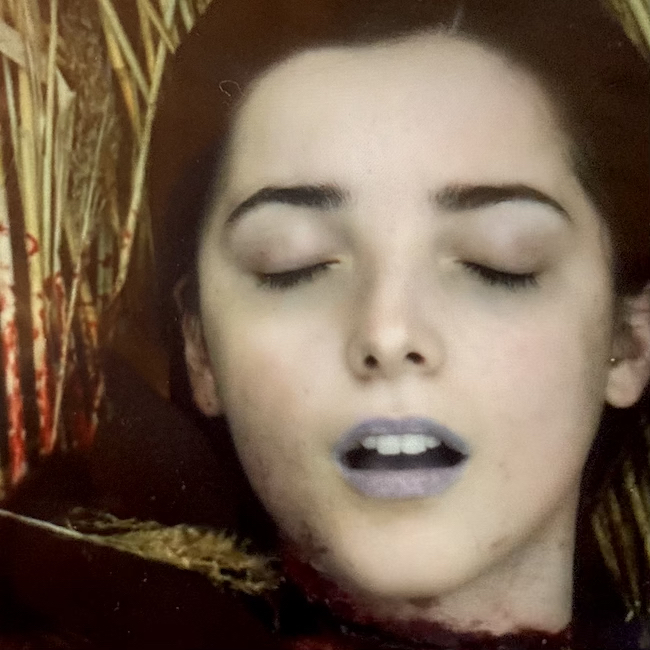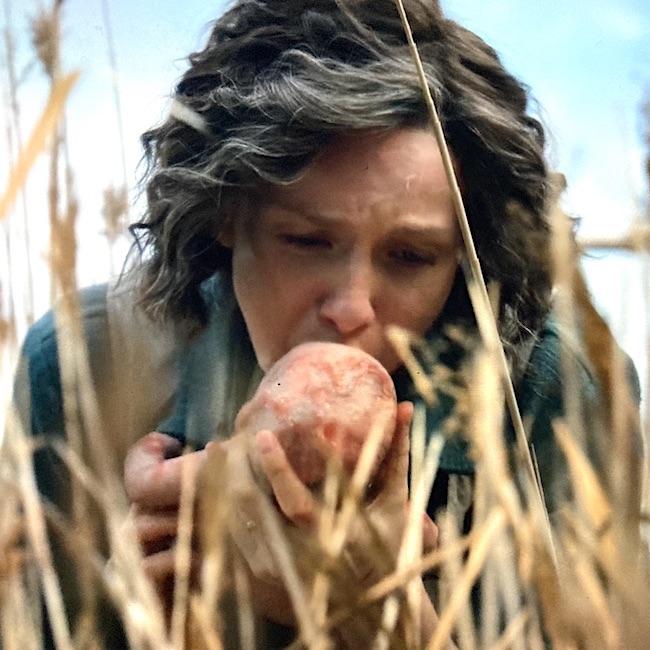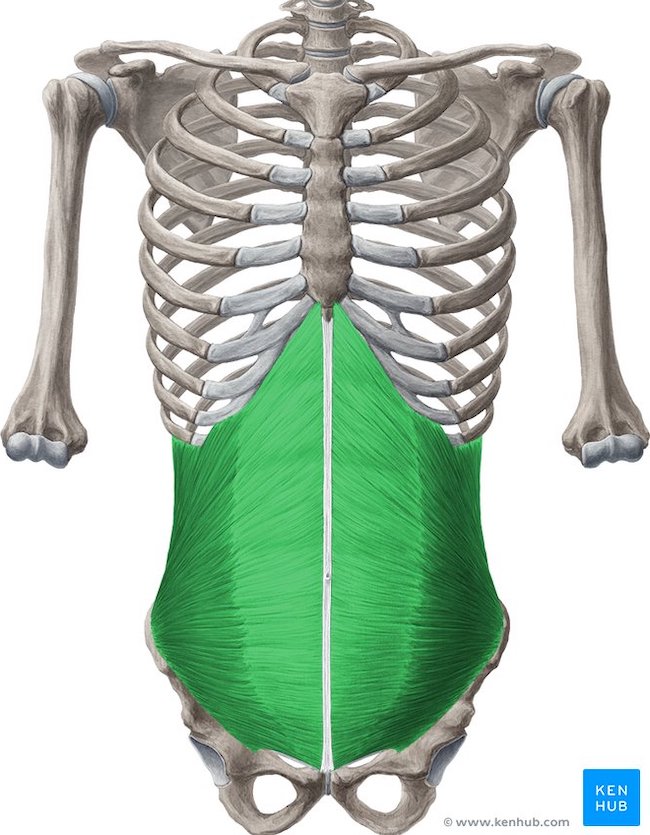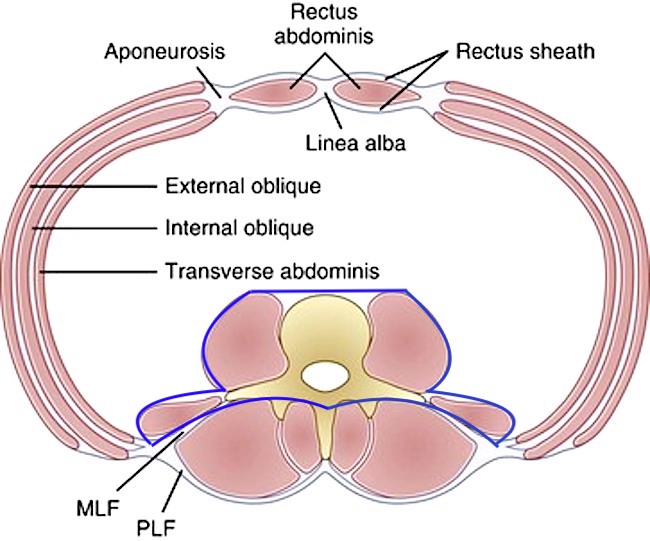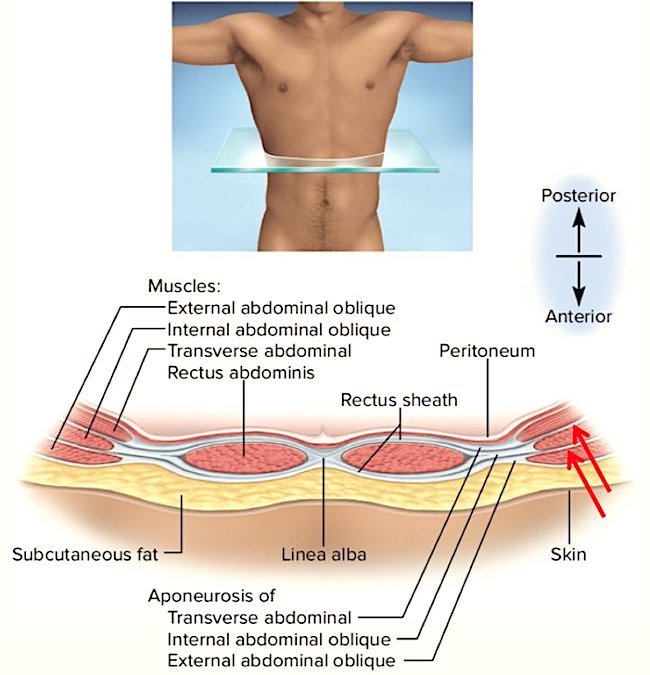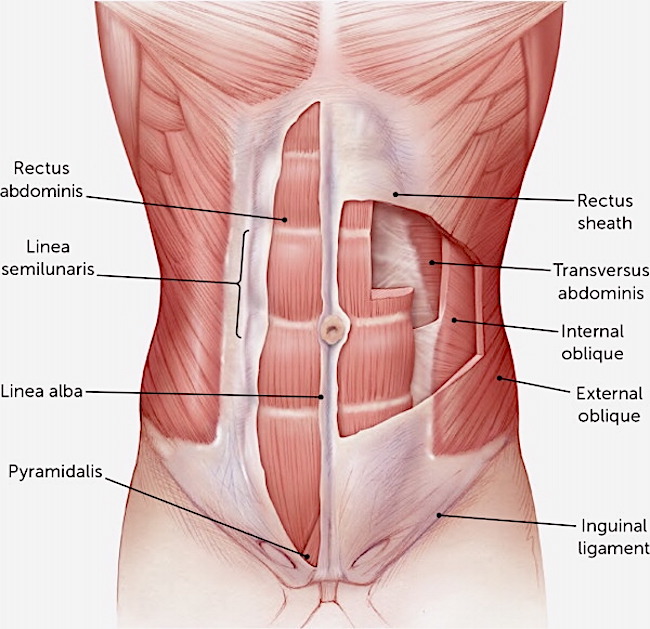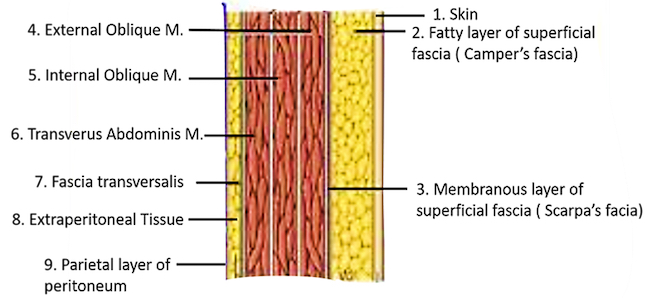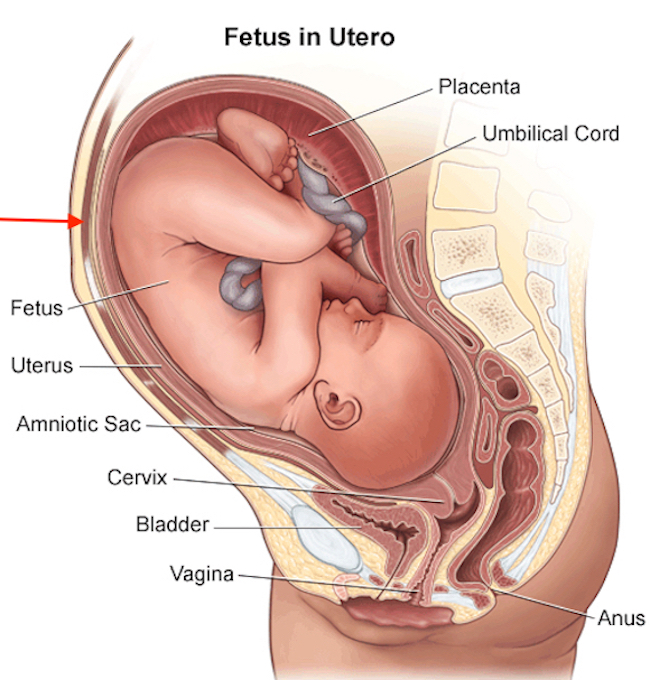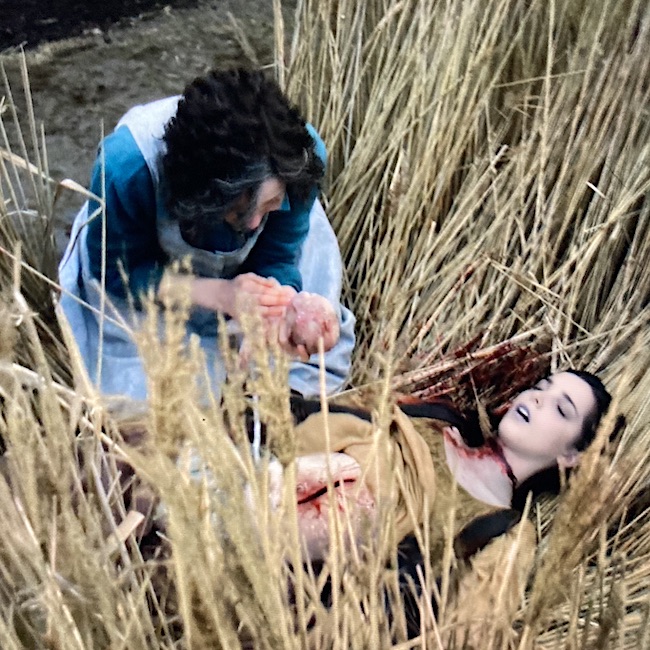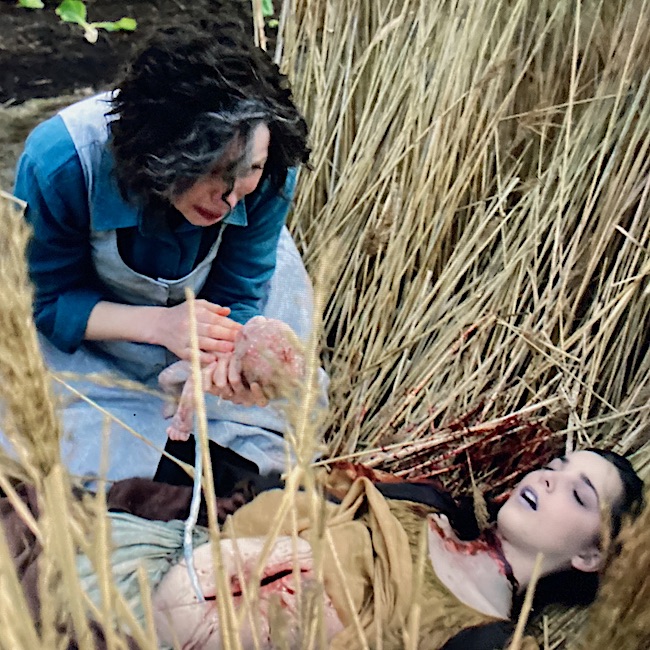
Anatomy Def: Paired muscles of facial expression.
Outlander Def: Ian’s worry lines when he learns he must leave his beloved Emily! 😢
Don’t know about you, but for me, John Bell’s performance in Outlander episode 604, Hour of the Wolf was flawless. His facial expressions perfectly mirrored the stress roiling in his personal life.
Facial Expression: Humans enjoy 22 pair of muscles controlling facial expression, more than any other animal, blessing us with an amazing range of emotional aspects.
As Ian hears the Mohawk’s decision about his and Emily’s fates, the skin wrinkles between his eyebrows. How does this happen?
Corrugator Supercilii: Well, his facial expression is caused by contraction of corrugator supercilii (CS) muscles, just one of the 22 pair! 😲
Super silly, huh? 😜
Meaning: Actually, this pair of muscles is so named because of their action and also by their placement in the face:
-
- Latin, con meaning “together” + rugare “wrinkle”
- Latin, super meaning “over” + cilium ”eyebrow”
Ergo, corrugator supercilii wrinkle the skin between the eyebrows.
Violà! 🤗
Anatomy: The figure below is a computer generated image of the paired CS shown as green slashes. CS originate from the forehead (frontal bone) about midway along each eyebrow and insert into the skin at the top of the nose (nasion).
Function: As CS contract, the eyebrows are drawn together and downward, producing vertical wrinkles of the forehead skin.
Emotional Signal: CS belong to a group of frowning muscles, used to convey suffering! And, who does that better than our beloved Ian? 😢
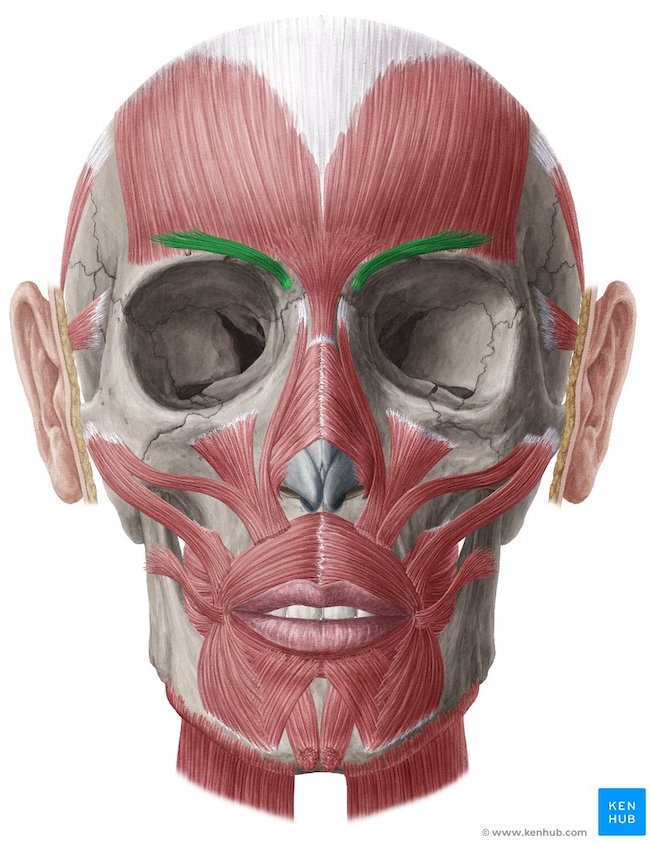
Frontalis: Just to complicate matters, let’s throw in a second pair of facial expression muscles – the frontalis. In the image below, frontalis fibers (dark green patches) run vertically through the forehead. They originate from the top of forehead (frontal) bone and insert into the skin above the eyebrows.
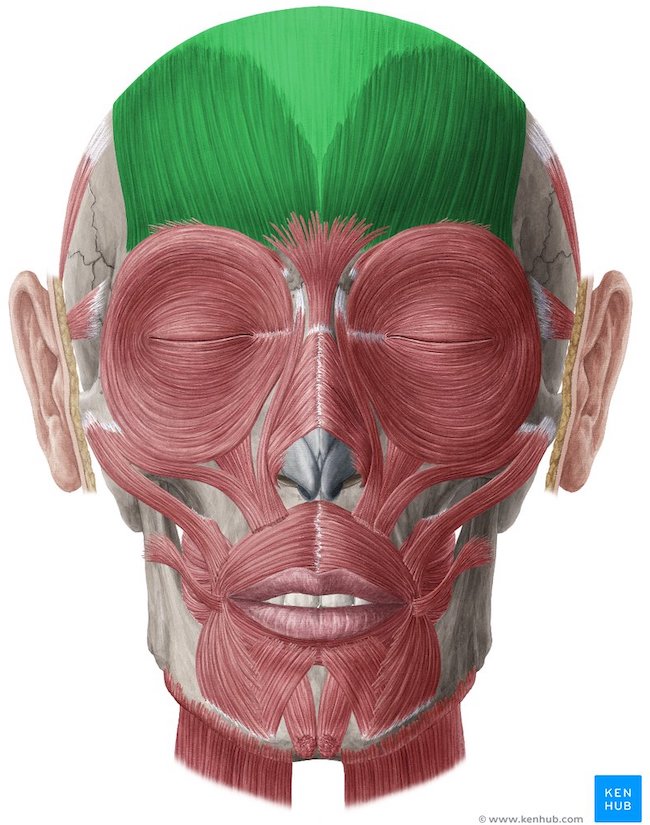
Frontalis muscles raise the eyebrows and wrinkle the forehead skin but this time, the creases run horizontally. Consider Jamie in Outlander episode 606, The World Turned Upside Down. Here, a “worrit” Jamie attends to Malva’s chatter and seductive overtures.
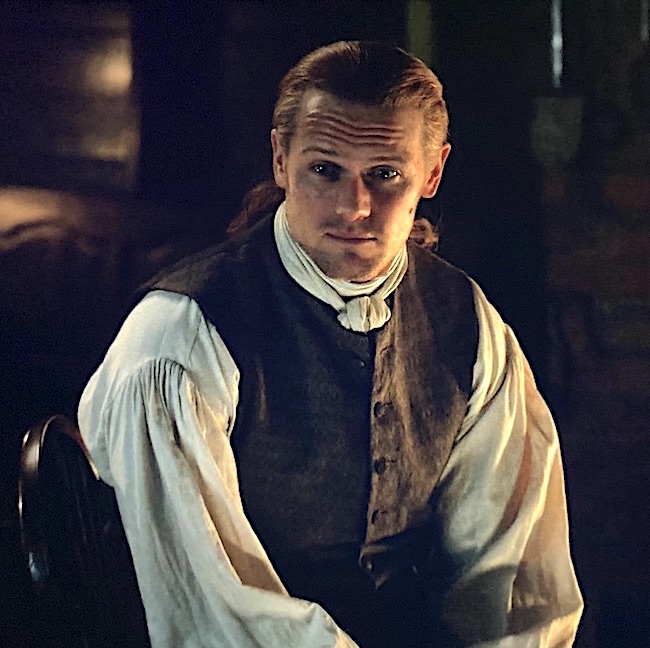
So what happens if CS and frontalis muscles contract simultaneously? Let’s look again at Ian for the answer. Deeply concerned for the wee soul of his stillborn daughter, Iseabaìl, he confides in his beloved uncle!
Ian contracts CS (red arrow), hence the vertical wrinkles between the brows, and frontalis (blue arrow) producing horizontal wrinkles in his forehead skin. Working together, both sets of muscles truly convey worry, anguish, and despair.
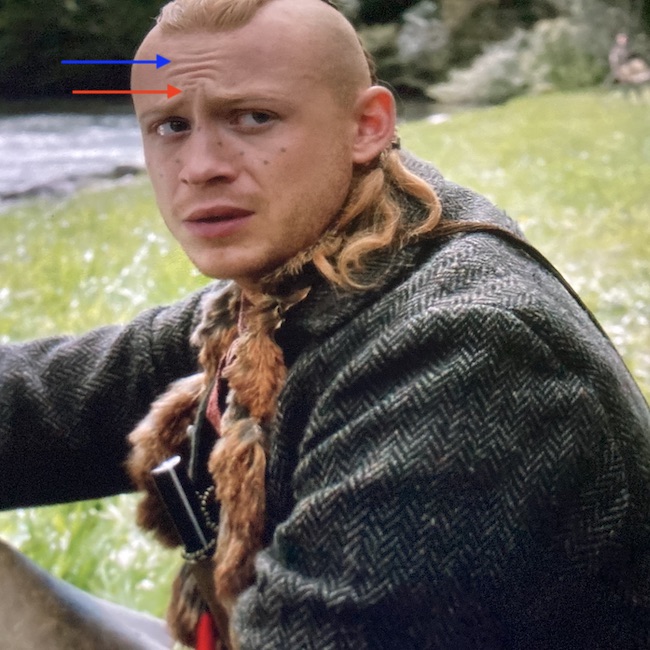
Learn much more about the muscles of facial expression in my big Anatomy Lesson #11, Jamie’s Face or Ye do it Face to Face?
Lest you think that humans are the only creatures with muscles of facial expression, meet my year-old Vizsla puppy, Finnegan. Check out the wrinkles between his “brows”?
Studies suggest dogs lack CS muscles but other facial muscles perform a similar function. Such muscles give them what is known as pedomorphic facial features (infant-like). Humans apparently prefer such features in domesticated dogs. 🥰
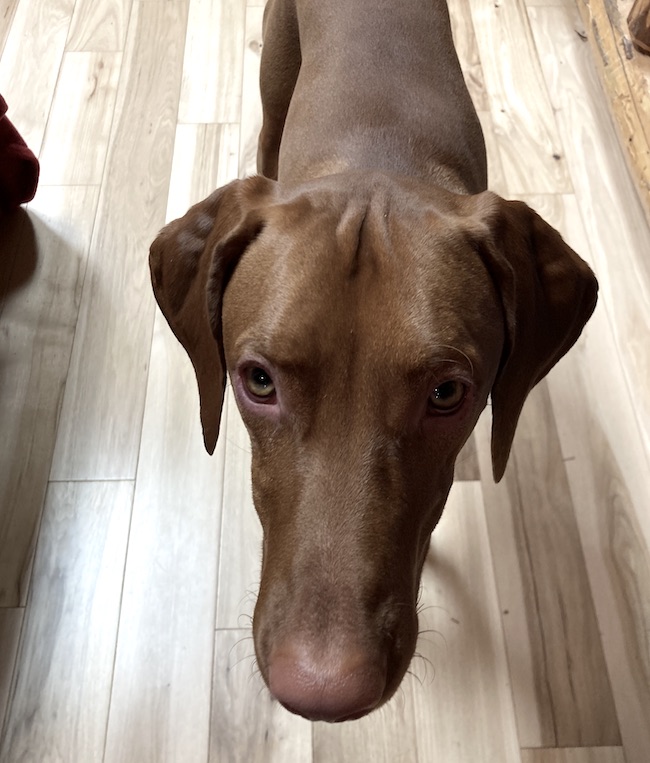
See Ian’s worry muscles in Outlander Episode 604, Hour of the Wolf.
Read about Ian’s distress in Diana Gabaldon’s sixth big book, A Breath of Snow and Ashes wherein, it is Brianna that comforts Ian:
“Aye, maybe. But …” He closed his eyes, hands clenched hard into fists on his thighs. “Where is she, then?” he whispered, and she could see tears trembling on his lashes. “The others—they were never born; God will have them in His hand. But wee Iseabaìl—she’ll not be in heaven, will she? I canna bear the thought that she—that she might be … lost, somewhere. Wandering.”
“Ian …”
“I hear her, greeting. In the night.” His breath was coming in deep, sobbing gasps. “I canna help, I canna find her!”
“Ian!” The tears were running down her own cheeks. She gripped his wrists fiercely, squeezed as hard as she could. “Ian, listen to me!”
He drew a deep, trembling breath, head bent. Then he nodded, very slightly.
She rose onto her knees and gathered him tight against her, his head cradled on her breasts. Her cheek pressed against the top of his head, his hair warm and springy against her mouth.
“Listen to me,” she said softly. “I had another father. The man who raised me. He’s dead now.” For a long time now, the sense of desolation at his loss had been muted, softened by new love, distracted by new obligations. Now it swept over her, newly fresh, and sharp as a stab wound in its agony. “I know—I know he’s in heaven.”
Was he? Could he be dead and in heaven, if not yet born? And yet he was dead to her, and surely heaven took no heed of time.
She lifted her face toward the cliff, but spoke to neither bones nor God.
“Daddy,” she said, and her voice broke on the word, but she held her cousin hard. “Daddy, I need you.” Her voice sounded small, and pathetically unsure. But there was no other help to be had.
“I need you to find Ian’s little girl,” she said, as firmly as she could, trying to summon her father’s face, to see him there among the shifting leaves at the clifftop. “Find her, please. Hold her in your arms, and make sure that she’s safe. Take—please take care of her.”
Deep stuff!
The deeply grateful,
Outlander Anatomist
Follow me on:
-
- Twitter: @OutLandAnatomy
- Facebook: OutlandishAnatomyLessons
- Instagram: @outlanderanatomy
- Tumblr: @outlanderanatomy
- Youtube: Outlander Anatomy
Photo Credits: Starz, Sony, Outlander Anatomy, www.kenhub.com

